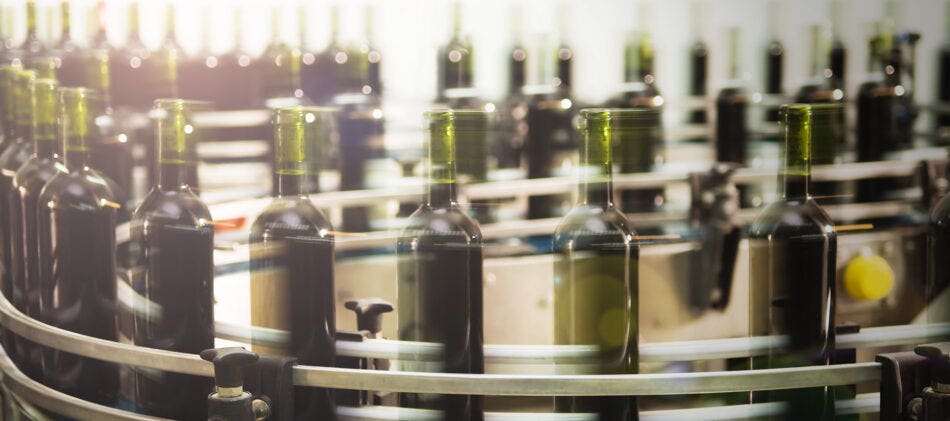Heavy winds, broken pipes, forklift accidents, thieves… they’re all culprits that can destroy wine and winery equipment. And when these incidents strike, always at the worst time, winery operators sometimes find out even though they have insurance, they don’t have enough insurance. In other words, they weren’t properly valuated.
How are wineries often under-valuated, and what methods are insurance brokers who specialize in winery insurance using to help ensure operators have enough coverage?
Beyond the barrel: Why you could be underinsured & the best valuation methods
1. Wine
Many operators unknowingly make the mistake of being insured for bulk wine versus unsold bottled wine. Here’s the difference:
Production value considers only harvested inventories of grapes, crushed grapes, fermenting and barrelled wine. This valuation method will fail to consider the time the wine may have been aging. As you know, wine’s value increases significantly the closer it gets to bottling.
Bottled wine value considers the selling price of the same varietal or vintage immediately before the time of loss or damage.
At Acera, we educate our clients about the option to be insured for the value of unsold bottled wine (a maximum average over a 12-month period) as it includes your potential profit in the valuation.
2. Buildings
One of the biggest (and most common) winery insurance mistakes is not accounting for inflation and the cost to replace winery buildings.
As an example, for a cold storage building constructed in 2012, many operators would get insurance only for up to what they paid to have it built at that time. If it were to go up in flames in 2018, however, it’s going to cost a lot more to rebuild today.
Acera winery insurance specialists recommend a replacement cost appraisal (not the market value appraisal) to avoid being underinsured.
Commercial insurance policies in Canada have what’s called a 90 per cent coinsurance clause. This means if you’re not insured for 100 per cent of your building’s replacement cost, you would be penalized in the event of a claim.
To help winery operators avoid this worst-case scenario, Acera is diligent about ensuring values are up—taking into account inflation and replacement costs. They also have access to a valuation tool that indicates when values are on or off track.
Additionally, Acera has access to a 25 per cent extension to help account for even further unexpected inflation (think back to the Kelowna fires and how costs soared as so many were rebuilding homes).
3. Equipment
Of course, when most operators are listing their equipment, they think of the big things: tractors and tanks. But there’s a significant amount of smaller items that, together, would cost an enormous amount to replace.
Policies should account for smaller equipment such as:
- Barrel racks
- Barrel tanks
- Crushers
- Destemmers
- Filters
- Presses
Again, a big and common error when it comes to insuring equipment is not accounting for inflation and replacement. That $25,000 tractor today could cost $40,000 when you need to replace it after a damage claim in five years.
With so much potential for risk at your winery, how will you know for sure if you’re properly insured? Acera Insurance specializes in winery insurance and takes the time to learn about your operation, including extra activities and hidden liabilities.

